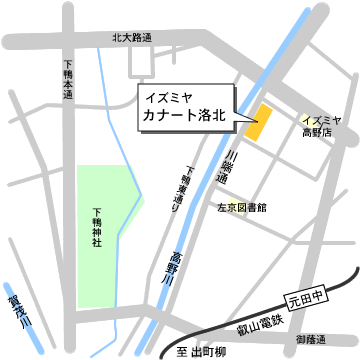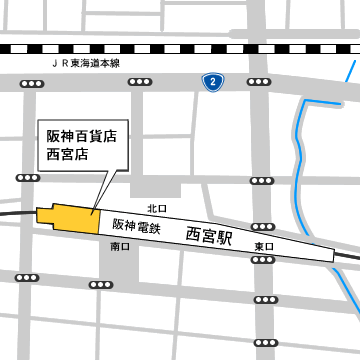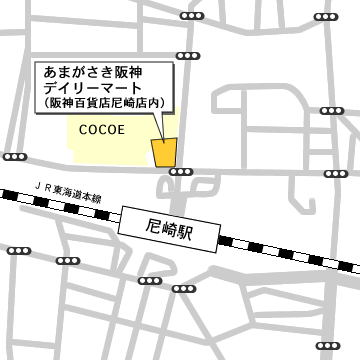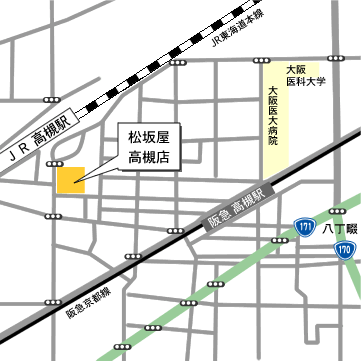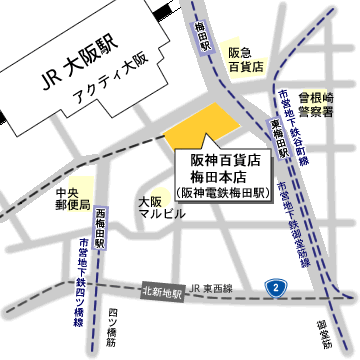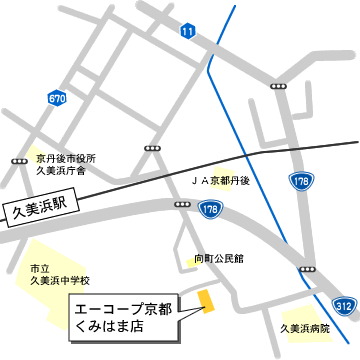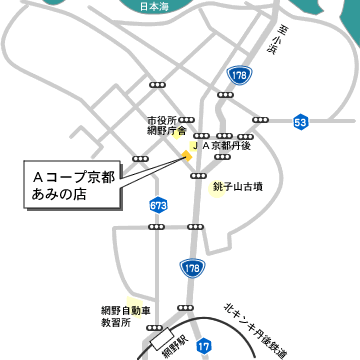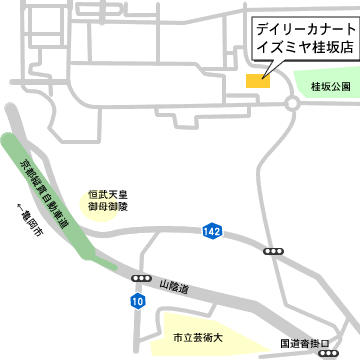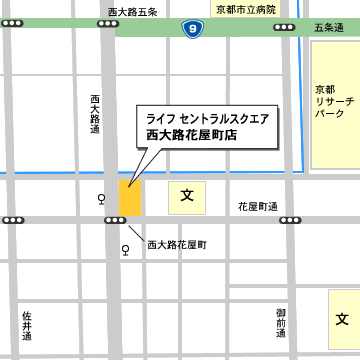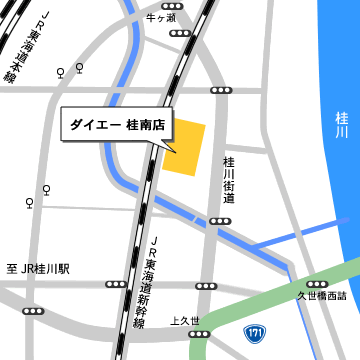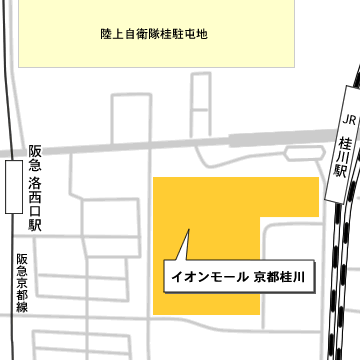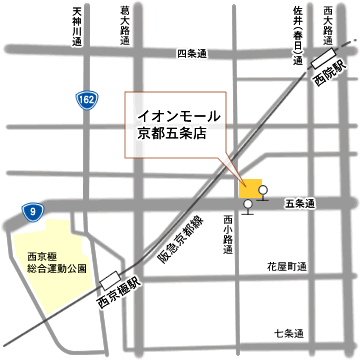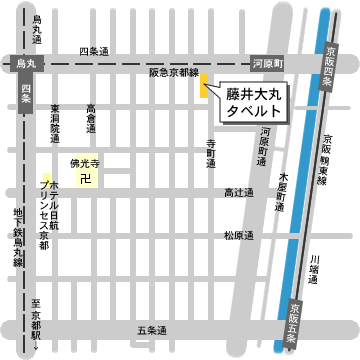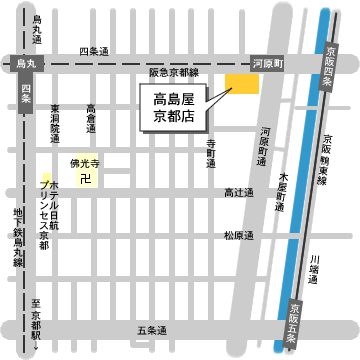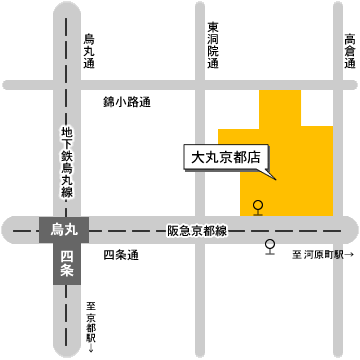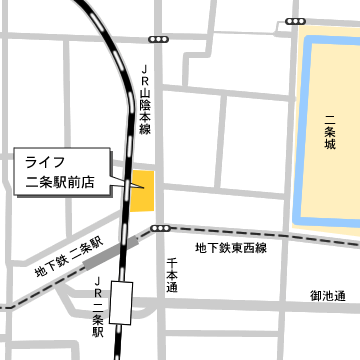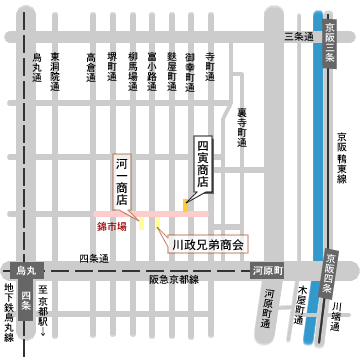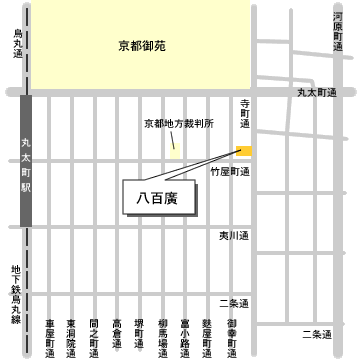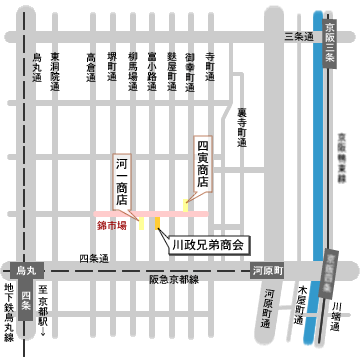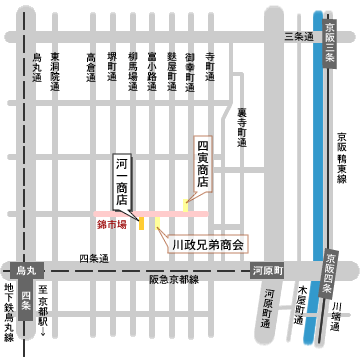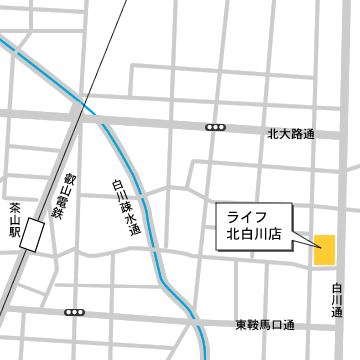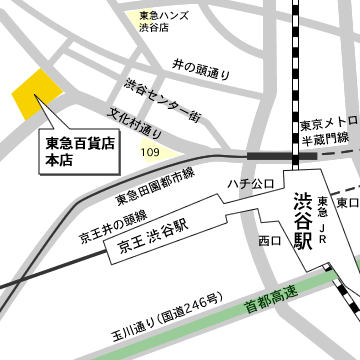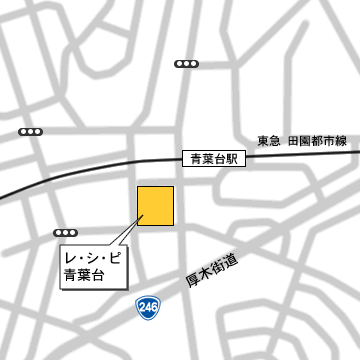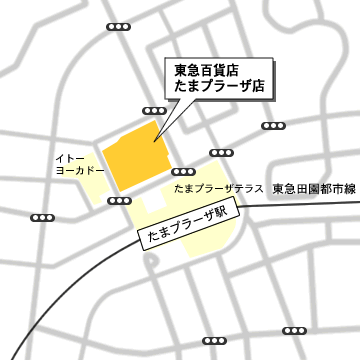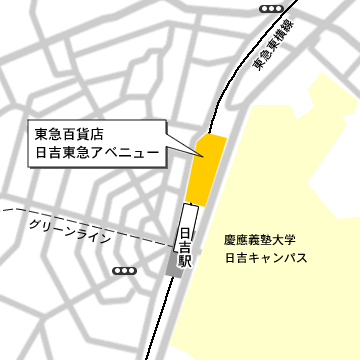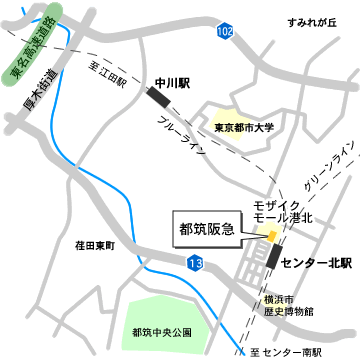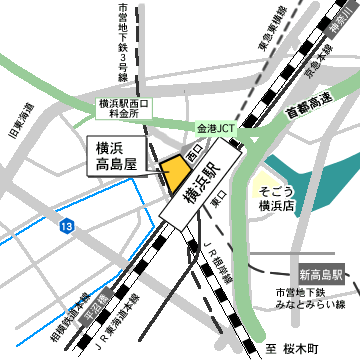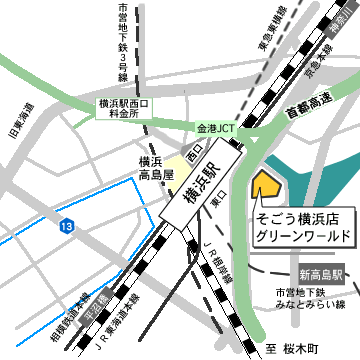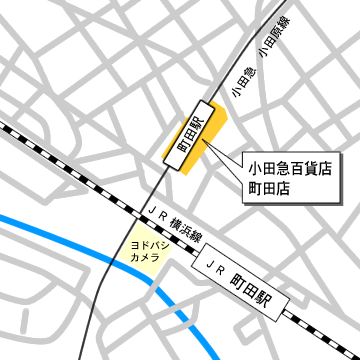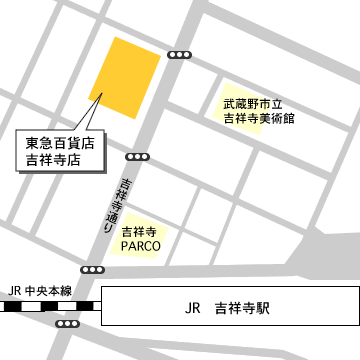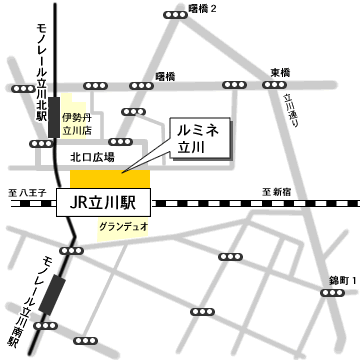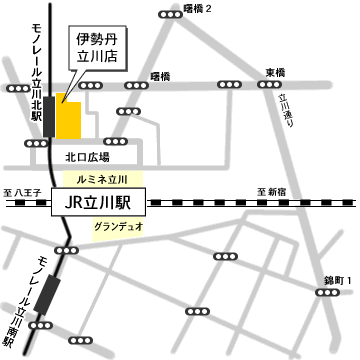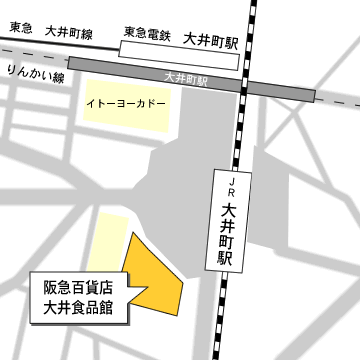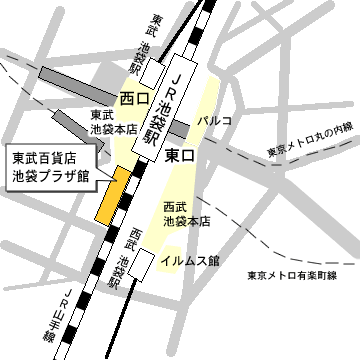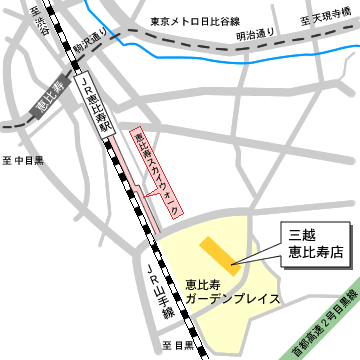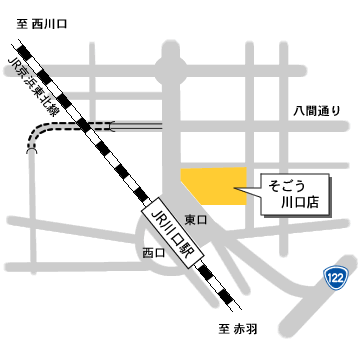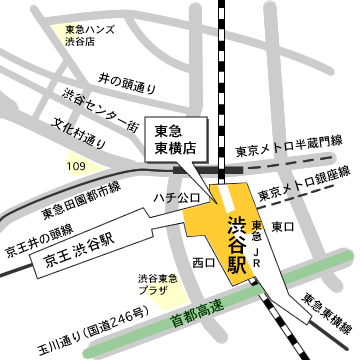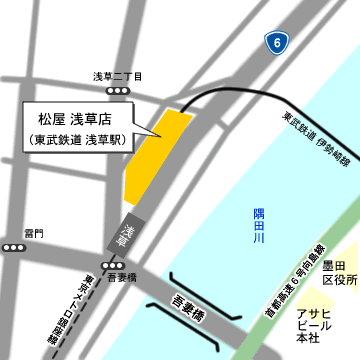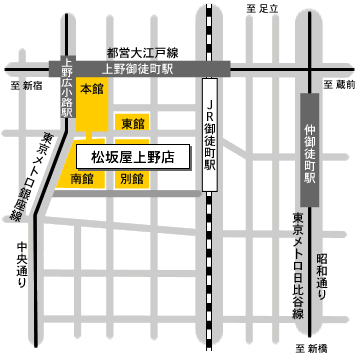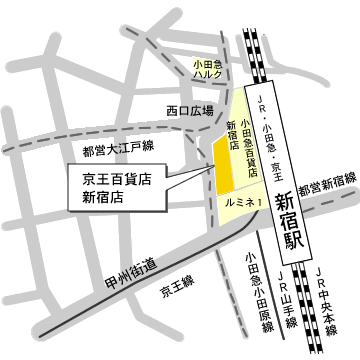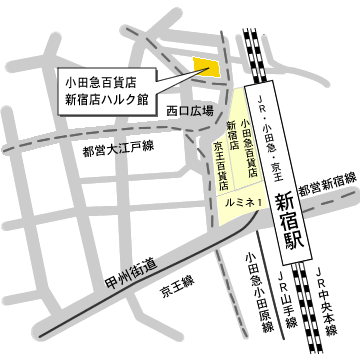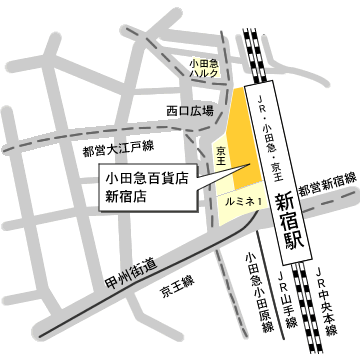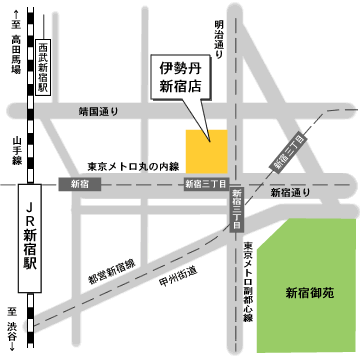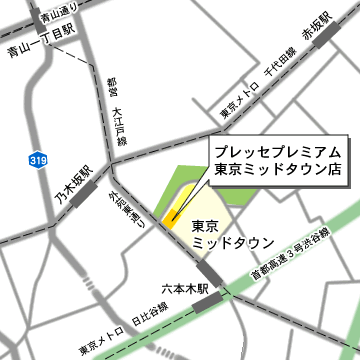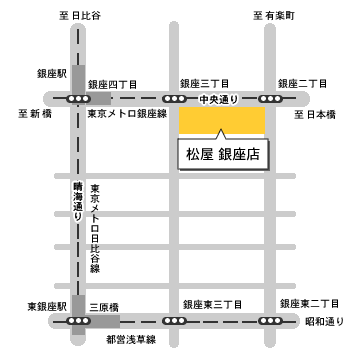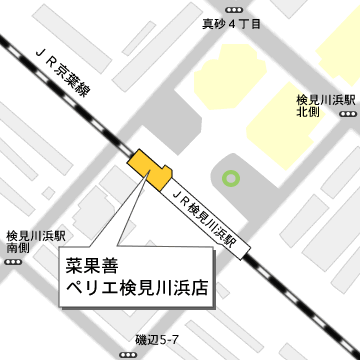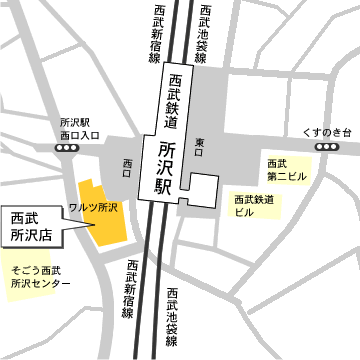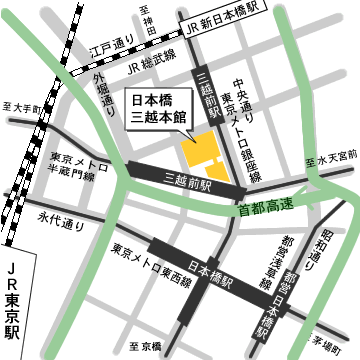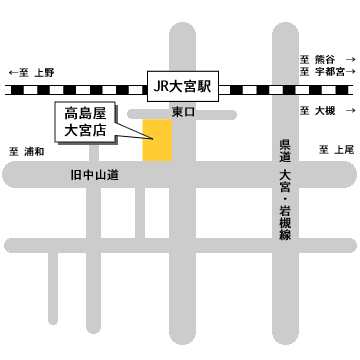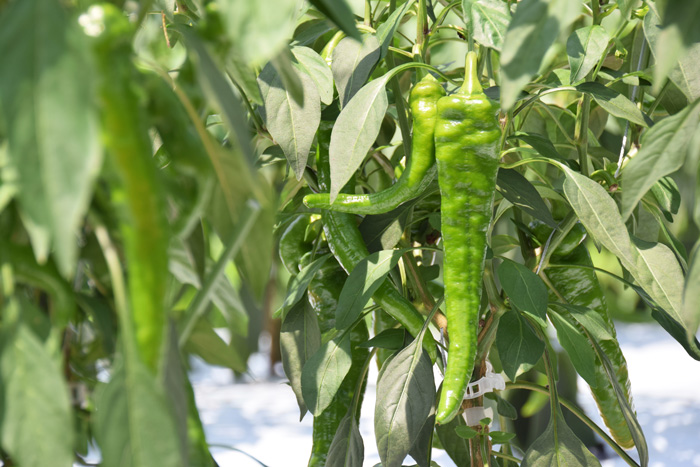
The Miracle Togarashi Pepper “Manganji Amato”
The Chinese characters for chili pepper is written as “唐辛子, pronounced as Togarashi” (唐 = to 辛 = gara 子 = shi). It has a literal meaning of “spicy thing from a foreign land”, where “唐” refers to foreign countries (it does not mean China in this case), and “辛子” means spice thing.In other words, Togarashi is a spicy food.
The red Togarashi, such as the red chili pepper, called Taka-no-tsume looks extremely spicy in appearance, but in fact the ordinary Togarashi chili pepper is generally spicier. However, there is also a Togarashi pepper that is not spicy at all. It is called, “Manganji Amato”.
Where Does the Origin of “Manganji Amato” Come From?
The name, “Mangaji Amato”, indicates that the this type of chili pepper is cultivated in specific farmhouses limited to within Maizuru City, of Kyoto Prefecture and its adjacent areas. If you search for “Manganji Togarashi” as a key word, you will reach about 520,000 results. But many of them are completely different things from “Manganji Amato”. Some are found to be produced in Miyazaki Prefecture.
Conversely, if you search by “Manganji Amato”, the number of resultts will be narrowed down to 39,000. Because only products of which those have acquired a Kyoto brand product certification, can be named “Manganji Amato”.
The ancestor of “Manganji Amato” was produced in Manganji district, in Maizuru City about 100 years ago. It can be presumed that “Manganji Amato” was produced by crossing “Fushimi Togarashi” and a large type of chili pepper originating from a foreign country. The chili pepper was accidently grown in this district, which earned a reputation for its delicious quality. About 30 farmhouses continued cultivating this type every year.
After that, a major turning point came to the “Manganji Togarashi” type of chili pepper, which was being cultivated in small quantities at the time. In 1983, Kyoto Prefecture asked the Maizuru Nakasuji Agricultural Cooperative, to see if there was any possibility of branding of vegetables. In response to this, “Manganji Togarashi” was changed to “Manganji Amato”, and an Amato group section was created within the Agricultural Cooperative. In this section, rules for cultivation and shipping were created, a system for joint fruit selection and quality standards were carried out, and a full-scale production and shipping began.
Manganji Amato received a high evaluation since the beginning, and was in great demand, almost to the point of reaching depletion. The branding by Kyoto Prefecture was a great success, and received the first certification of “Kyoto Brand Products” from the Kyoto Products Association in 1989 (Heisei year 1). Consequently, even if it is only marginally permitted for products with another place of origin to be named “Manganji Togarashi”, it is impossible to name them “Manganji Amato”.
Big, Straight and Delicious
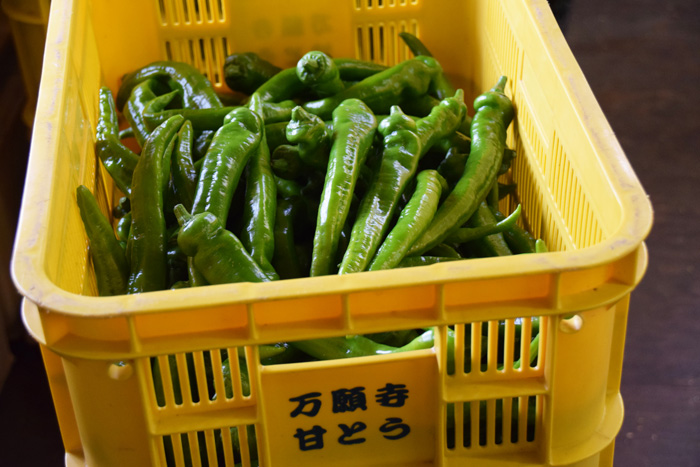
The difference between “Manganji Amato” and the other Togarashi is quite obvious, the appearance is completely different in the first place.
First and foremost, it is large. At the fruit sorting place, it is classified into three ranks of “excellent”, ”very good” and ”good” depending on the length. It cannot be shipped unless the length is at least more than 10 cm long without the stem (the part connects to the branch).
The highest rank of “excellent” has been established to peppers between 13 cm to 23 cm in length, and not bent in shape. For that reason, even if it meets the length standard, it is classified as “very good” rather than “excellent” if the pepper is bent.
In the “Maizuru Manganji Amato Section”, which is responsible for screening operations, everything is conducted manually, where compromising is not allowed. Only the “excellent” peppers can receive permission to be shipped out as “Kyoto Brand Products”. Only the big and straight ones can be accepted as “Manganji Amato”.
There are other features of the appearance. Besides being big, they have a thick flesh. The color is a vibrant dark green and full of gloss. Because the meat of the pepper is thick, it has a crisp quality. Please compare it with other Togarashi chili peppers if the opportunity arises.
And, the taste is essential. It has few seeds and is easy to eat although it is larger and thicker in size compared to others. The fruit is very soft and juicy and in addition to the sweetness, a unique flavor engenders its great taste. Of course, there is no hot, sharp taste as long as it is the “Manganji Amato” pepper.
Perfect Control of Spiciness By the Power of Science
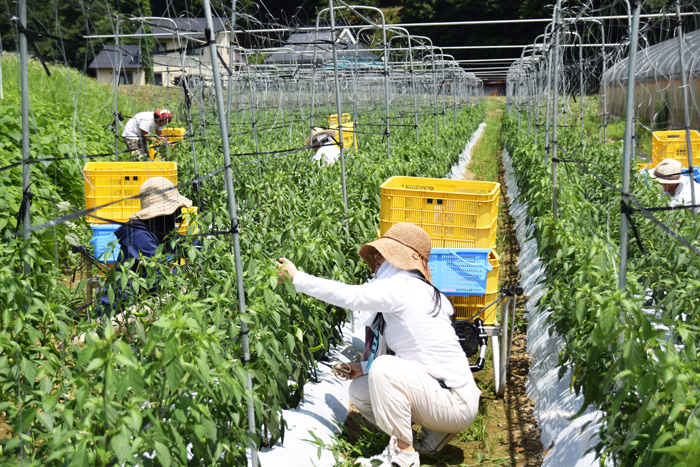
People who are familiar with botany may have their doubts. Togarashi chili pepper is basically an anemophilous flower that is pollinated by the wind. Nevertheless, cross pollination can also occur through pollination by insects. How does “Manganji Amato” maintain completely not spicy under such circumstances.
The secret is the power of science. “Manganji Amato” has been cultivated carefully and locally as a fixed variety. In addition, the Agriculture and Forestry Center of Kyoto Prefecture improved the breeding process and the variety was registered as ” Kyoto Manganji No. 1″ in 2007 (Heisei year 19).
However, the extent of its spiciness still remained about 3%-6% in this stage. It was not controlled to the point of being 100% free of spiciness. Therefore, “Kyoto Manganji No.2” was introduced as a result of further research in 2012 (Heisei year 24). It uses a genetic marker to completely remove the spicy genes. In other words, according to this particular case of variety, it is theoretically impossible for spiciness to be generated.
Making Food-Producing Area That Will Last for 100 Years By Mr. Jun Soeda
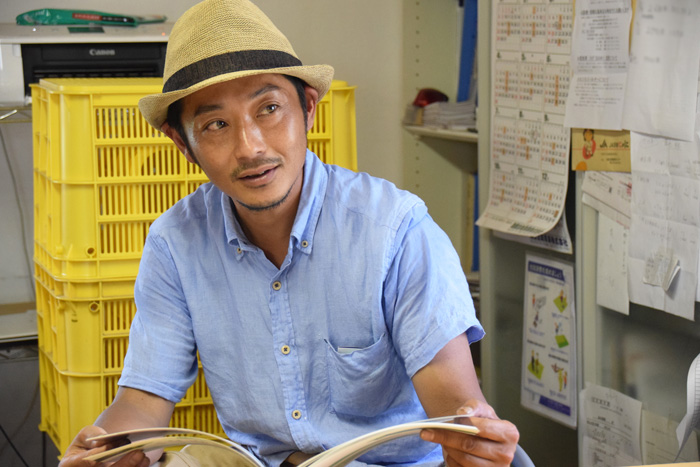
Although “Manganji Amato” has dramatically improved in quality due to the power of science, these chili peppers plants would not have bore fruit if the improved seeds were simply planted and left alone.
Before the “Manganji Amato” is shipped and has been recognized and can be sold under its permitted name as a brand item, many dedicated efforts have been put in by the farmers. “What is most difficult, is to keep the tension of the trees”, says Mr. Jun Soeda, who is the chairman of the Maizuru Manganji Amato of JA Kyoto Ninokuni. The “tension of the trees” is a unique expression, simply meaning the health and vitality of the trees.
Mr. Soeda emphasizes that ”It is easy for the peppers of “Kyoto Manganji No. 2” to bend, because of its lean trait. If bending occurs, it will not be considered in the “excellent” category. For that reason, we improve the tension of the trees and pay close attention to the time of harvesting”, which is a necessary condition to keep in mind starting with from soil making.
The most important thing when preparing soil is drainage. Producers from the subcommittee spend great efforts in coming up with ways to get the soft, airy soil.
“There are about 420 producers in the subcommittee, so 420 cases can be shared every year. The successful cases will be adopted into the next year. In addition, each producer can improve by continuous efforts. With this kind of brush-up of improving the existing knowledge, the quality will improve and the yield will increase every year.”
This is also the greatest strength of “Manganji Amato”. Producers get together, to closely observe the rules in order to gradually make improvements by continuous efforts. By sharing success cases as well as failed cases, all producers cooperate in creating better products.
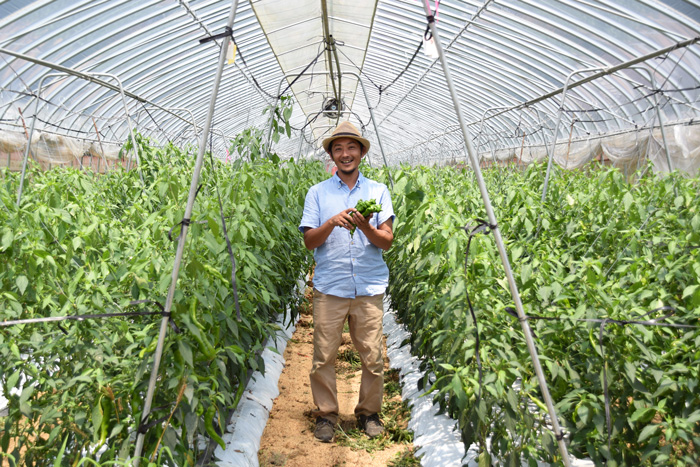
“We make a living and raise our children by producing Manganji Amato. Therefore, it is our oath to maintain this land so that this production area can last for 100 years.”
A miracle is not something that happens by accident. It is a result of the accumulation of people’s dedicated efforts.



